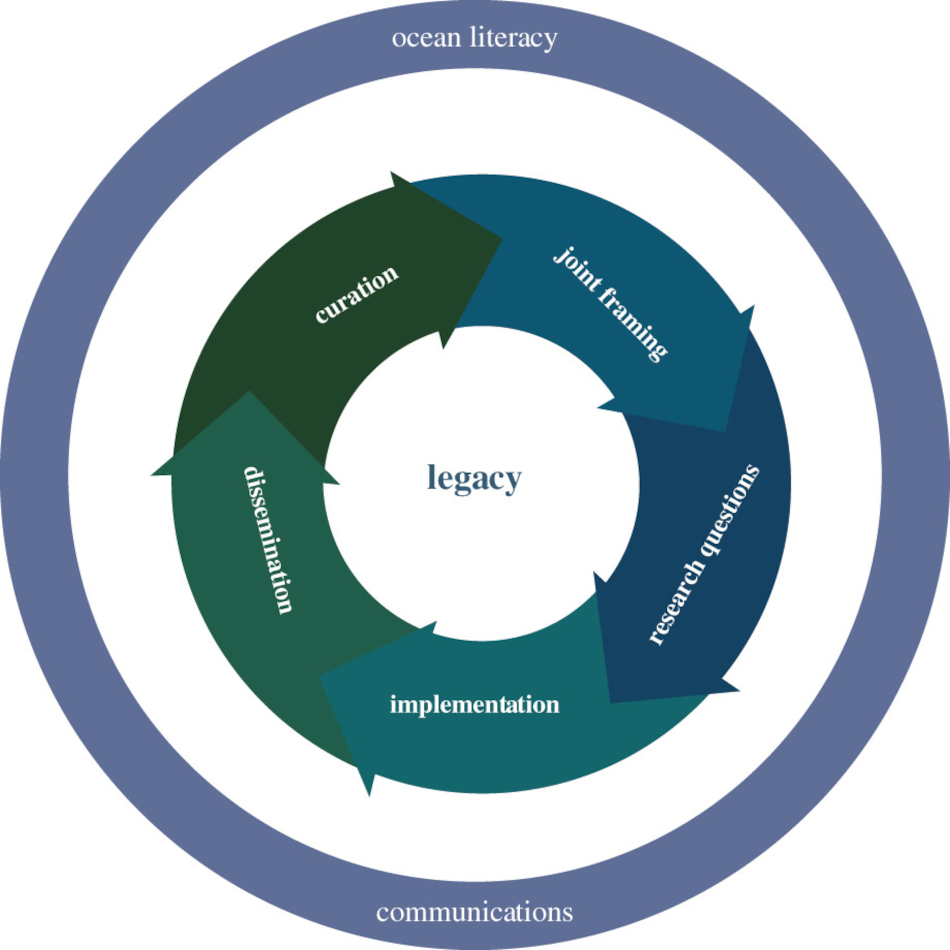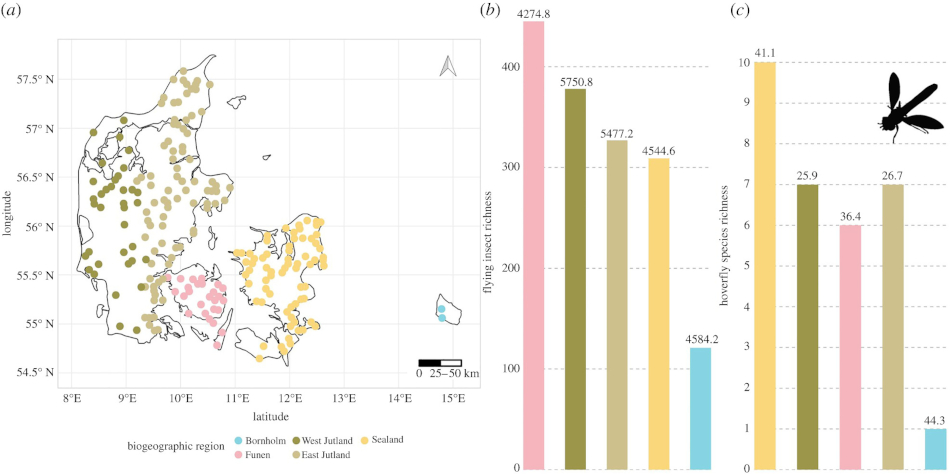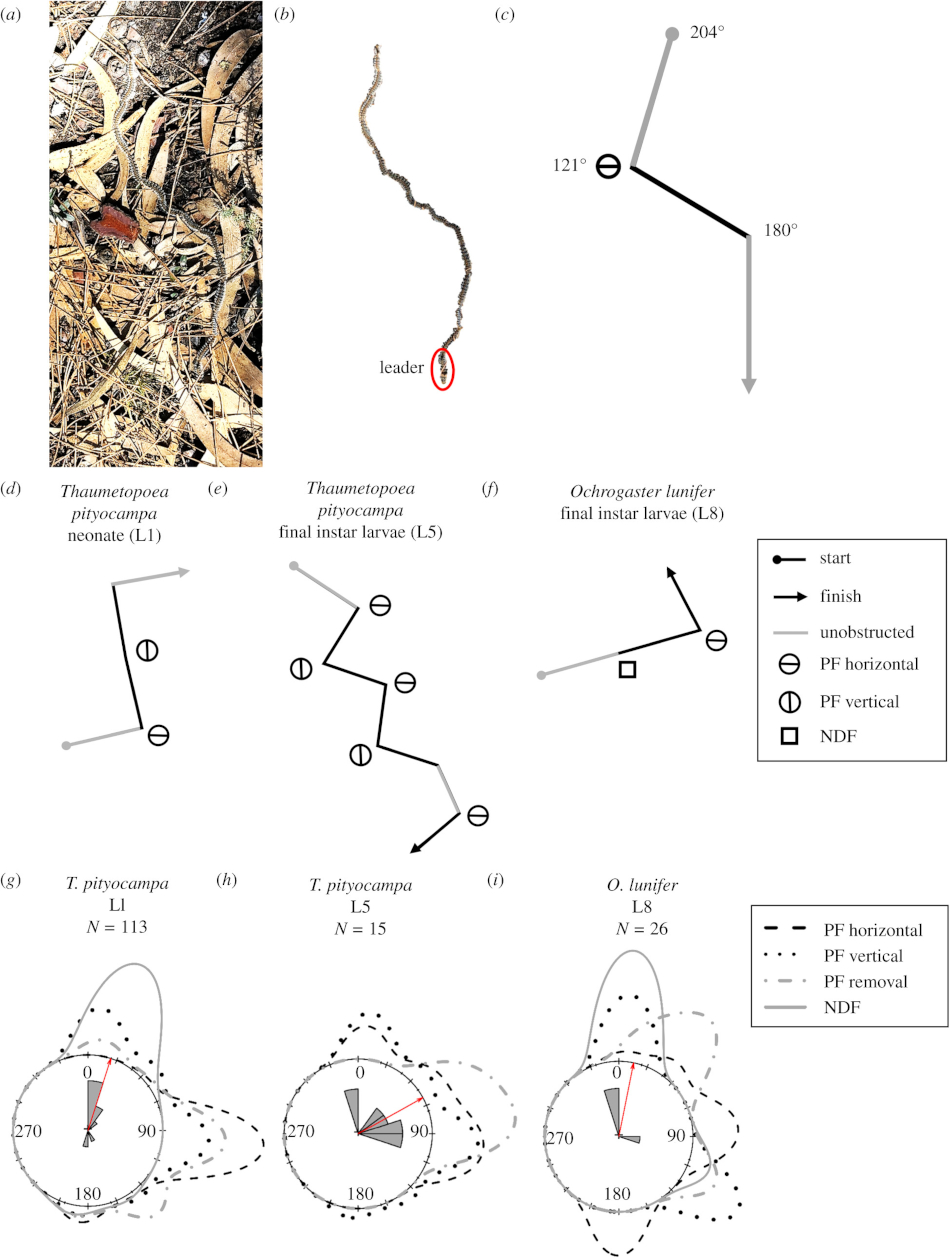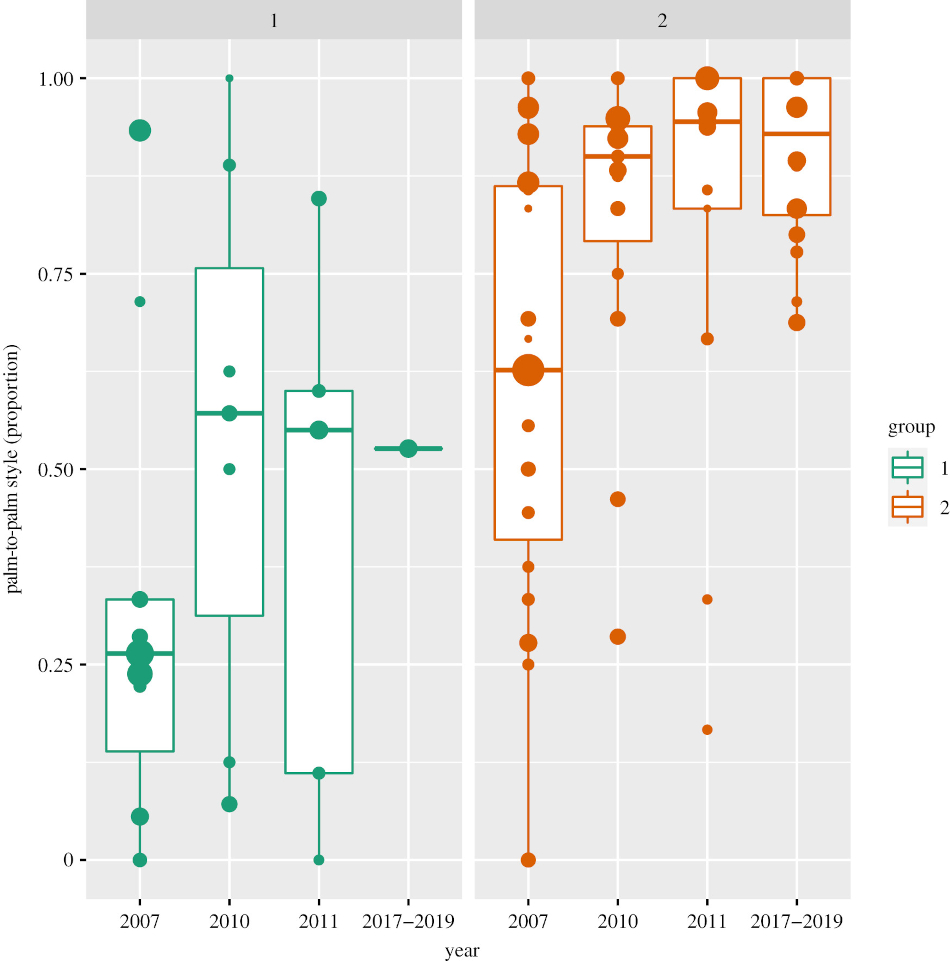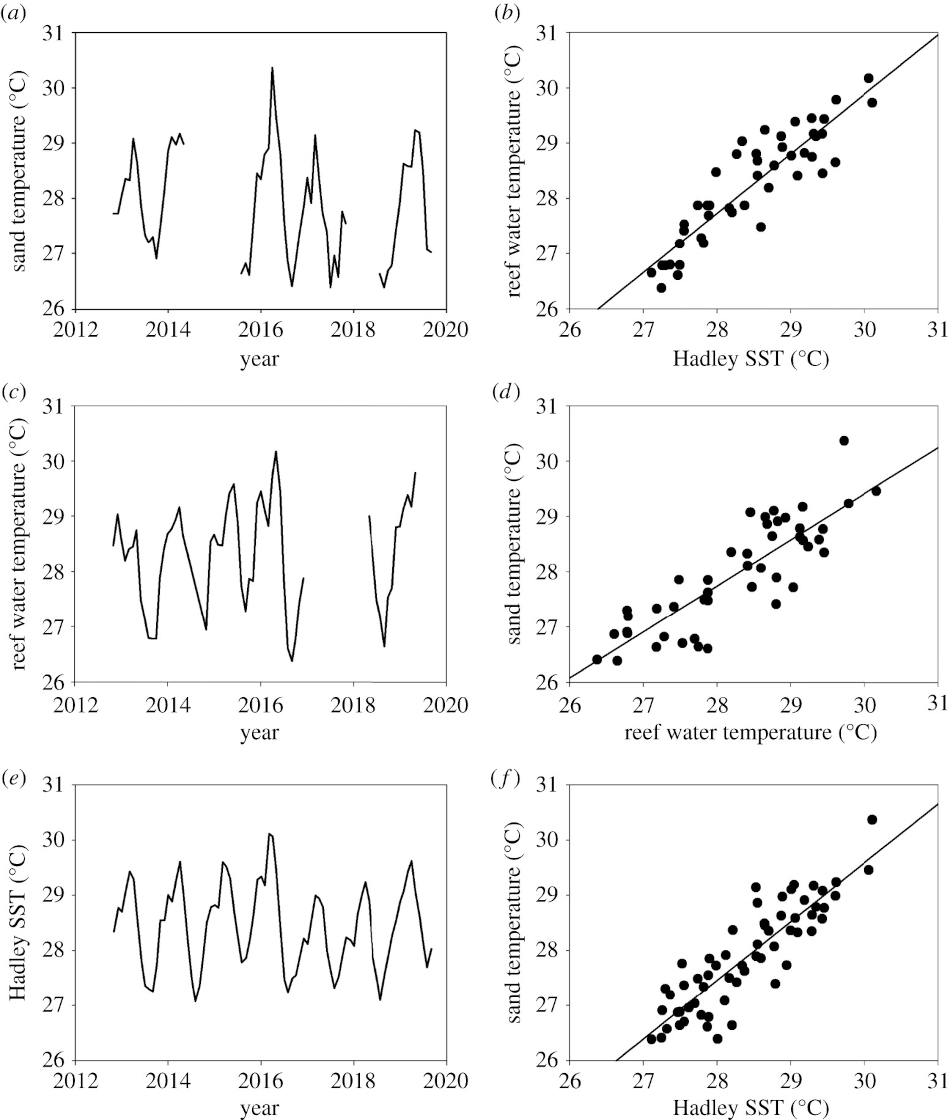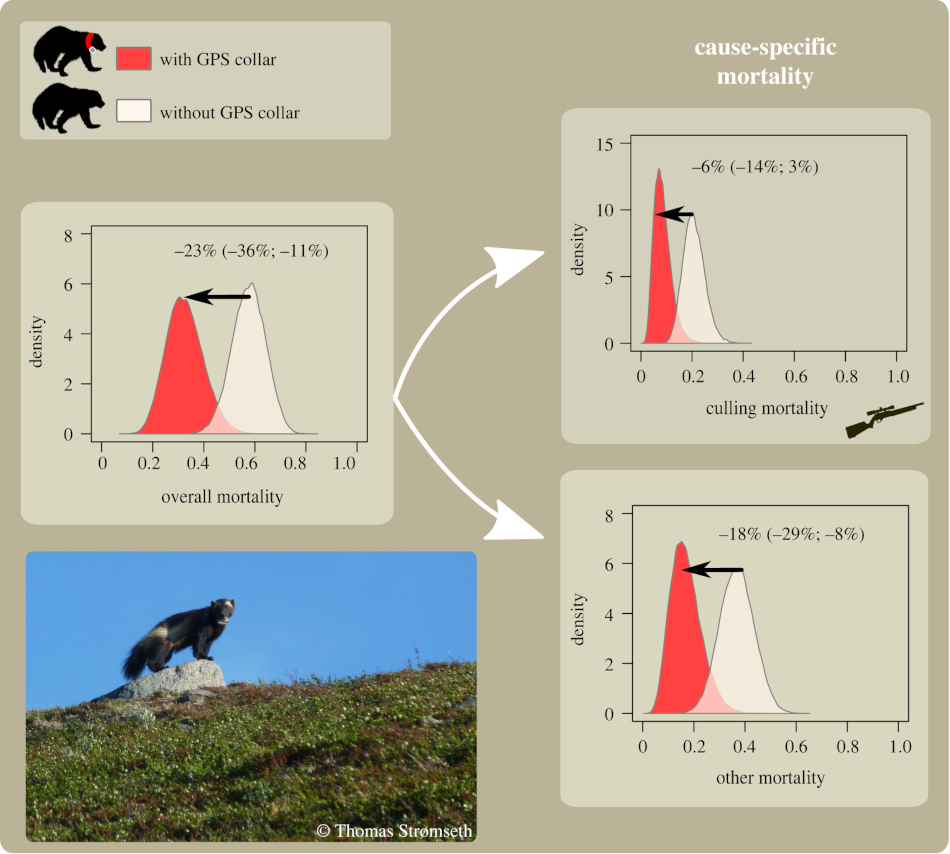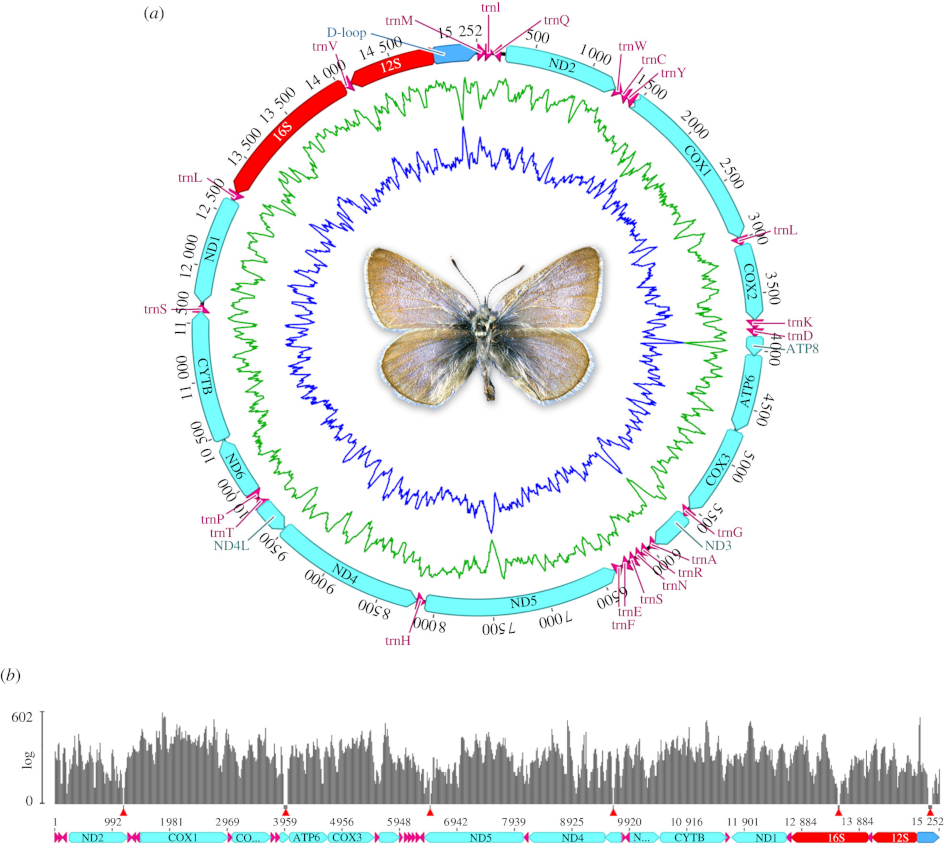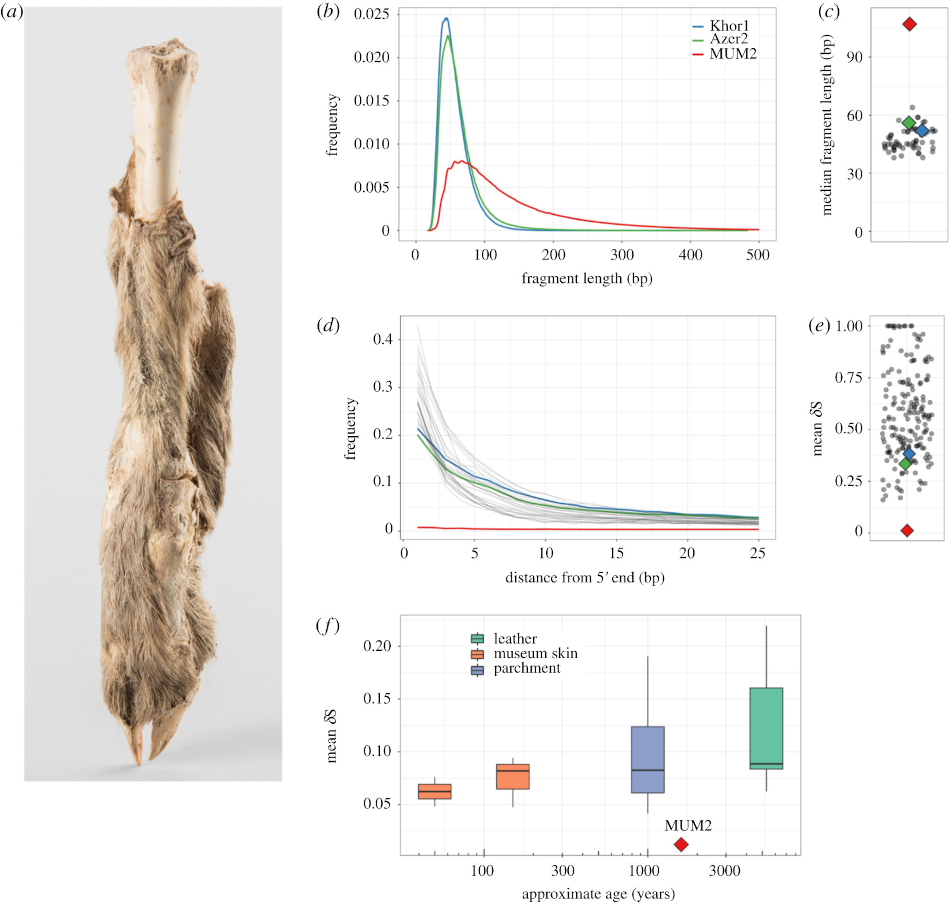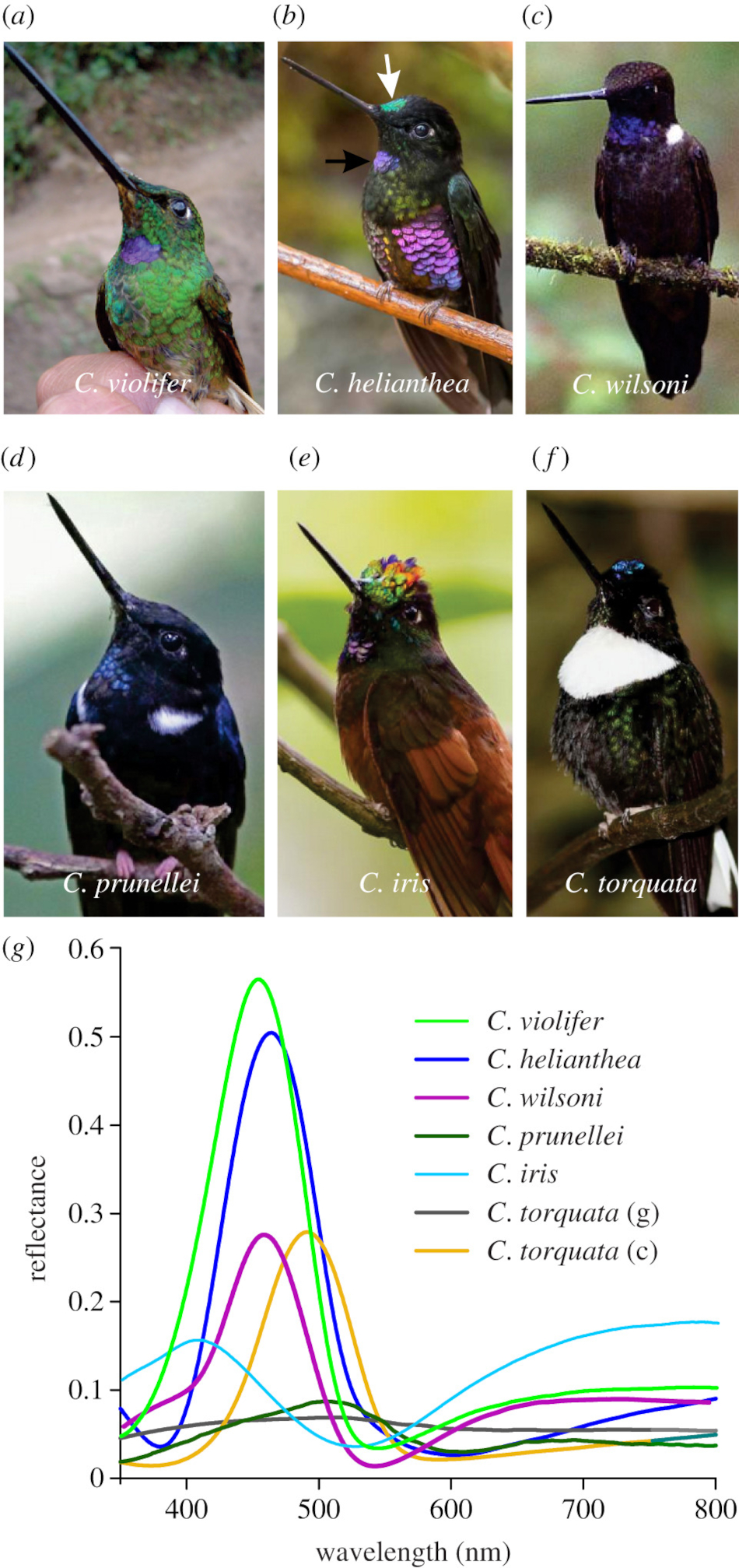In celebration of Open Access Week we revisit some of the open access content published in the journal so far this year.
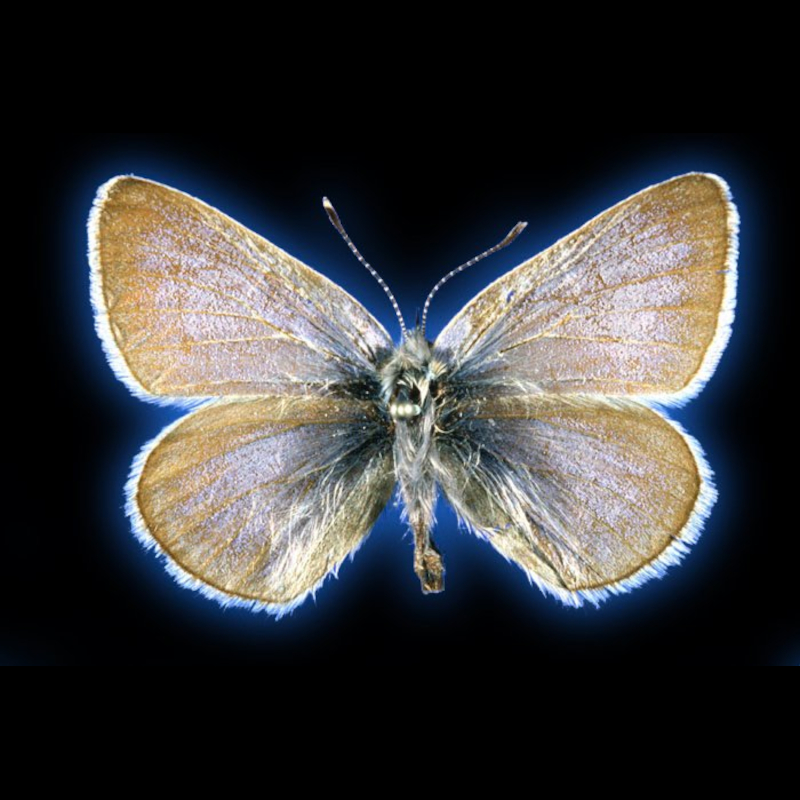
Biology Letters supports open access publishing as part of our commitment to the widest possible dissemination of research. In 2021 Biology Letters became a Transformative Journal, and currently around 20% of our published articles are open access.
In celebration of Open Access Week we revisit some of the open access content published in the journal so far this year. Take a look for any articles you may have missed and visit our website to see all our content published throughout the years.
Co-development, co-production and co-dissemination of scientific research: a case study to demonstrate mutual benefits
The ocean is vital for all of us but there is inadequate and inequitable distribution of research capacity and resources. The authors used a case study of marine research in Seychelles to illustrate some activities that can be employed to magnify research outcomes and legacy.
Detecting flying insects using car nets and DNA metabarcoding
How can we monitor the world’s most diverse taxonomic group across time and through various landscapes? With the contribution of more than a hundred citizen scientists, nets mounted on the rooftop of cars and rapid taxonomic assessment by DNA metabarcoding, the authors of this paper set out to solve the challenge.
Spatial orientation of social caterpillars is influenced by polarized light
Processionary caterpillars Thaumetopoea pityocampa and Ochrogaster lunifer form single files when moving to feeding and pupation sites. The authors of this paper investigated if processions are guided by polarisation vision.
Temporal stability of chimpanzee social culture
(open access publication funded by a Publish & Read deal)
Chimpanzees are a cultural species but it is currently unknown to what extent culture affects their lives. This study focused on chimpanzees’ social custom of hand-clasping – a grooming addition only found in few chimpanzee populations.
Impact of marine heatwaves for sea turtle nest temperatures
(open access publication funded by a Read & Publish deal)
In the oceans, marine heatwaves are an increasing threat causing, for example, recent devastation to coral reefs around the world. The authors show that these impacts extend to adjacent terrestrial systems and can negatively affect breeding of endangered species.
GPS collars have an apparent positive effect on the survival of a large carnivore
Using non-invasive genetic data from a large carnivore - the wolverine in Scandinavia - authors found a lower mortality probability for individuals wearing a GPS collar, compared to individuals without GPS collars.
Museum genomics reveals the Xerces blue butterfly (Glaucopsyche xerces) was a distinct species driven to extinction
The last Xerces blue butterfly was seen in the early 1940s, and its extinction is credited to human urban development. Some have questioned whether it was truly a distinct species, or simply an isolated population of another living species. To address this question, authors leveraged next generation sequencing using a 93-year-old museum specimen.
Exceptional ancient DNA preservation and fibre remains of a Sasanian saltmine sheep mummy in ChehrÄbÄd, Iran
DNA from a 1,600-year-old sheep mummy was recovered from ChehrÄbÄd - an ancient Iranian salt mine. Ancient DNA is usually damaged and fragmented, making it difficult to work with. Here, authors found that the DNA had remarkable preservation, likely due to the salty, anhydrous environment.
Feather iridescence of Coeligena hummingbird species varies due to differently organized barbs and barbules
(open access publication funded by a Read and Publish deal)
The organization of barbs and barbule structures in hummingbird feathers give rich optical properties to their iridescence, permitting the animal to become more or less conspicuous depending on the species. In this study, the authors perform spectroscopical and anatomical studies on the feathers of six species of the genus Coeligena.
Do you have a short, high-quality article, review or opinion piece from the biological sciences that you’d like to publish in Biology Letters? For details on how to submit please visit our website or contact the editorial office.
If you’d like to publish open access with us, please visit our open access publishing page and check whether your institution is in a Read & Publish deal with us. If so, and if you are the corresponding author, all open access charges are already covered by your institution.

